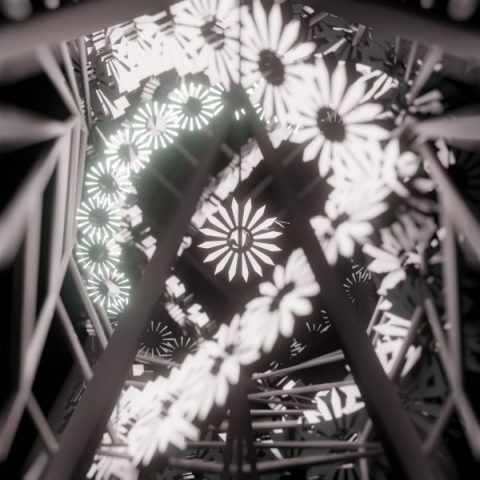In „NIÑA“ electronic music meets on psychedelic animations. Human voice and ghostly human figures in movement crash perpetually on synthesized and simulated elements. The high tempo in music generates the high visual energy capturing the denizens in imploding landscapes
Psychedelic animations for music has a long history. Oscar Fischinger’s „Raumlichtkunst“ (1926), Norman McLaren’s hand-drawn-on-celuloid-film music-animations, like „Dots“ (1940), Laurie Spiegel’s „Graphical Grove“ visual music system where she used audio synthesizers to compose animations, Jeremy Blake’s „Winchester Redux“ (2004) with ghostly blendings and Edouard Salier’s „Atlas Air“ (2010) for Massive Attack, are all notable examples for psychedelic music animations -and inspirations for „NIÑA“.
